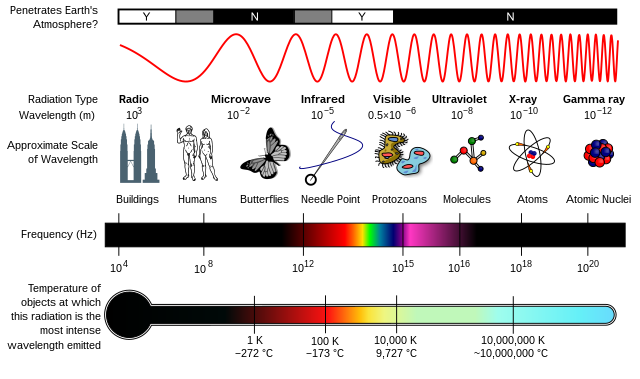Sadistic personality disorder was defined by a pervasive pattern egosyntonic of sadistic behavior. Individuals possessing sadistic personalities tend to display recurrent aggression and cruel behavior. People with this disorder will use violence and aggression in an attempt to control and dominate others. When others refuse to submit to their will, they will increase the level of violence they use. Many sadists will verbally and emotionally abuse others rather than physically, purposefully manipulating others through the use of fear or shaming and humiliating others. Some people with this disorder will not abuse others but will instead display a preoccupation with violence. This disorder was thought to be caused by childhood trauma or being raised in by a family where one spouse is abused. Sadistic personality disorder was considered more common in men than women.
Clinical Diagnostic Criteria
According to the DSM-III-R diagnostic criteria Sadistic personality disorder is defined by a pervasive
pattern of sadistic and cruel behavior that begins in early adulthood. It was defined by four of the following.
Has used physical cruelty or violence for the purpose of establishing dominance in a
relationship (not merely to achieve some non-interpersonal goal, such as striking someone in
order to rob him/her).
- Humiliates or demeans people in the presence of others.
- Has treated or disciplined someone under his/her control unusually harshly.
- Is amused by, or takes pleasure in, the psychological or physical suffering of others
(Including animals). - Has lied for the purpose of harming or inflicting pain on others (not merely to achieve some
other goal). - Gets other people to do what he/she wants by frightening them (through intimidation or even
terror). - Restricts the autonomy of people with whom he or she has a close relationship, e.g., will not
let spouse leave the house unaccompanied or permit teenage daughter to attend social
functions. - Is fascinated by violence, weapons, injury, or torture.
This behavior must not be better explained by sexual sadism disorder, and it must be directed towards more.
than one person.
Subtypes of Sadistic Personality Disorder
- Spineless sadism
-
Insecure, bogus, and cowardly; venomous dominance and cruelty is counterphobic; weakness counteracted by group support; public swaggering; selects powerless scapegoats.
- Tyrannical sadism
-
Relishes menacing and brutalizing others, forcing them to cower and submit; verbally cutting and scathing, accusatory and destructive; intentionally surly, abusive, inhumane, unmerciful.
- Enforcing sadism
-
Hostility sublimated in the "public interest," cops, "bossy" supervisors, deans, judges; possesses the "right" to be pitiless, merciless, coarse, and barbarous; task is to control and punish, to search out rule breakers.
- Explosive sadism
-
Unpredictably precipitous outbursts and fury; uncontrollable rage and fearsome attacks; feelings of humiliation are pent-up and discharged; subsequently contrite.
















